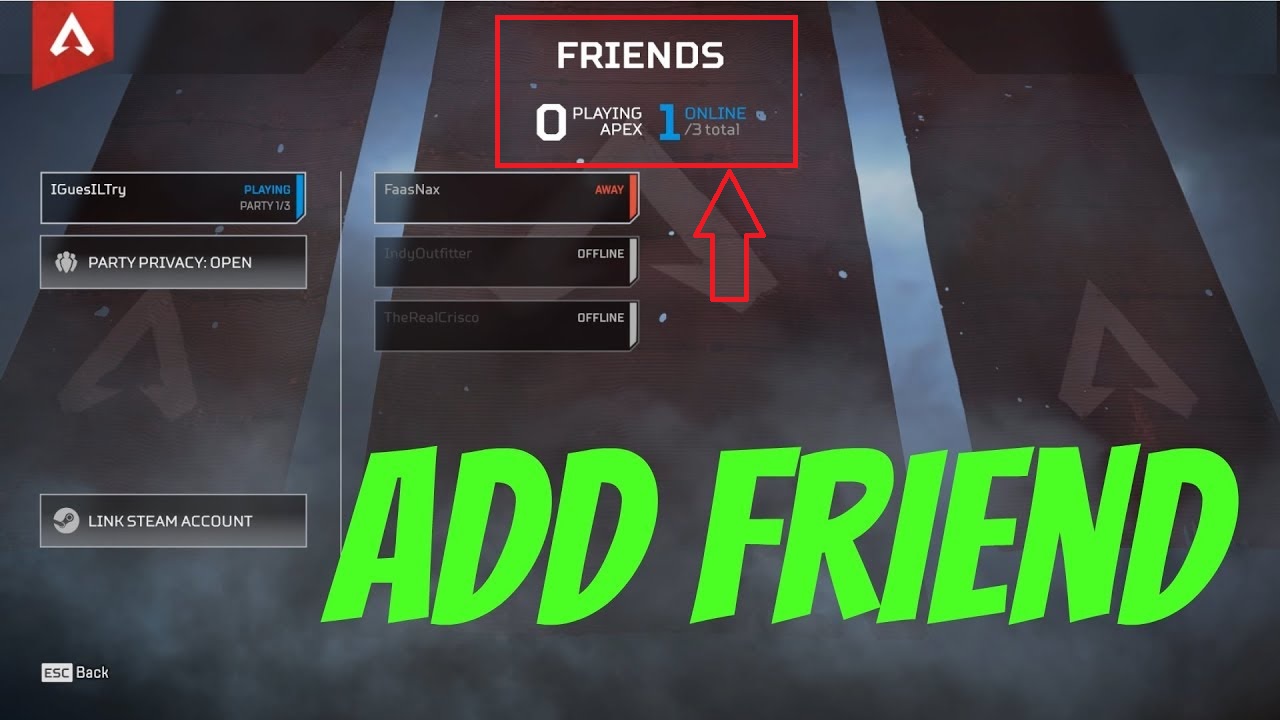As a computer user, you may have encountered the unnerving experience of your computer making clicking noises. Typically, a computer should operate silently, with the only audible sounds being the fans cooling the system and the occasional hum of a hard drive accessing data. So, why is your computer making these clicking noises? In this article, we will explore the two main reasons behind clicking noises in a computer and provide actionable solutions to address the issue.
Possible Causes of Clicking Noises
There are two primary causes for clicking noises in a computer: interference with a computer fan and a failing hard drive. In most cases, these issues are more common in desktop computers rather than laptops. Let’s delve into each of these causes and how you can identify and resolve them.
Fan Clicking Noises
If you have recently been inside your computer case or replaced a fan, it is possible that a cable or wire is brushing against the fan, resulting in the clicking noise. Not only is this sound annoying, but it can also potentially damage the fan motor. Therefore, it is important to address this issue promptly.
To investigate if the clicking noise is due to fan interference, follow these steps:
- Power off your computer and unplug it from the power source.
- Open the computer case.
- Inspect each fan for any obstructions or cables that may be touching the blades.
- Carefully reposition any cables or wires away from the fan, ensuring they are securely fastened and not in the path of the fan’s rotation.
- Close the computer case and power on your computer.
By addressing any fan interference, you can eliminate the clicking noise and prevent potential damage to the fan motor.
Hard Drive Clicking Noises
If the clicking noise persists even after checking the fans, it is likely that the issue lies with your hard drive. Hard drives, especially older ones or those using HDD technology, can produce clicking sounds when their read/write heads rub against the platters or due to other internal instabilities. This clicking noise often indicates an impending hard drive failure, highlighting the importance of not ignoring it.
To determine if the clicking noise is originating from your hard drive, you can perform the following steps:
- Power off your computer and unplug it from the power source.
- If you have multiple hard drives, disconnect the power cable from one drive at a time, starting with the first one.
- Power on your computer and listen for the clicking noise.
- If the noise persists, reconnect the power cable to the previously disconnected drive and repeat the process with the next drive until you isolate the one causing the clicking noise.
Once you have identified the problematic hard drive, it is critical to take immediate action to minimize the risk of data loss.
Backing Up Your Failing Drive
If your computer can still boot into Windows, it is crucial to back up all the data stored on the clicking hard drive as soon as possible. By doing this immediately, you can reduce the chances of losing valuable data if the drive fails completely. Keep in mind that a clicking drive can fail within hours or continue to function for months before reaching its breaking point.
To back up your failing drive, follow these steps:
- Boot into Windows.
- Copy all important data from the clicking hard drive to an external storage device or another drive within your computer.
- Verify that the backup is complete and accessible.
By creating a backup of your data, you can safeguard against potential data loss caused by a failing hard drive.
Assessing Hard Drive Health
To gain further insight into the condition of your hard drive, you can utilize a tool called CrystalDiskInfo. This software reads the S.M.A.R.T. (Self-Monitoring, Analysis, and Reporting Technology) data generated by each hard drive, providing valuable information about its health and potential issues.
Follow these steps to assess your hard drive using CrystalDiskInfo:
- Download CrystalDiskInfo from the official website and install it on your computer.
- Launch the program and allow it to scan your hard drives.
- Look for the condition icon displayed in the top left corner of the CrystalDiskInfo window.
- While CrystalDiskInfo provides various metrics, focus on specific indicators that point towards hardware failure, such as Reallocated Sectors Count, Seek Error Rate, Seek Time Performance, Spin Retry Count, and Current Pending Sector Count.
It is important to note that CrystalDiskInfo may not always detect errors or issues correctly. Therefore, even if no errors are reported, it does not guarantee that everything is functioning perfectly. Trust your judgment and consider the other symptoms and signs of a failing hard drive.
Next Steps for a Clicking Hard Drive
After assessing the health of your hard drive, you have several options based on your circumstances. If you have successfully backed up all the data from the clicking hard drive, you can continue using it until it fails completely. However, it is advisable to replace the failing drive as soon as possible to avoid any potential data loss.
If replacing the hard drive is feasible, follow these steps:
- Acquire a new hard drive, ensuring it meets your storage requirements and compatibility with your computer’s connections.
- Clone the clicking drive or manually copy the files to the replacement drive while both are connected to the system.
- Once the data transfer is complete, safely remove the clicking drive and retire it.
- Install the new hard drive, ensuring it is securely connected.
- If necessary, assign the new drive the same letter as the previous one to maintain consistency in your file paths.
By replacing the clicking hard drive, you can eliminate the noise and ensure the smooth operation of your computer.
Conclusion
Clicking noises in a computer can be attributed to either fan interference or a failing hard drive. By identifying the source of the clicking noise and taking appropriate action, you can prevent further damage and potential data loss. Remember to always back up your data, assess the health of your hard drive using tools like CrystalDiskInfo, and replace the failing drive promptly to maintain the performance and reliability of your computer.








